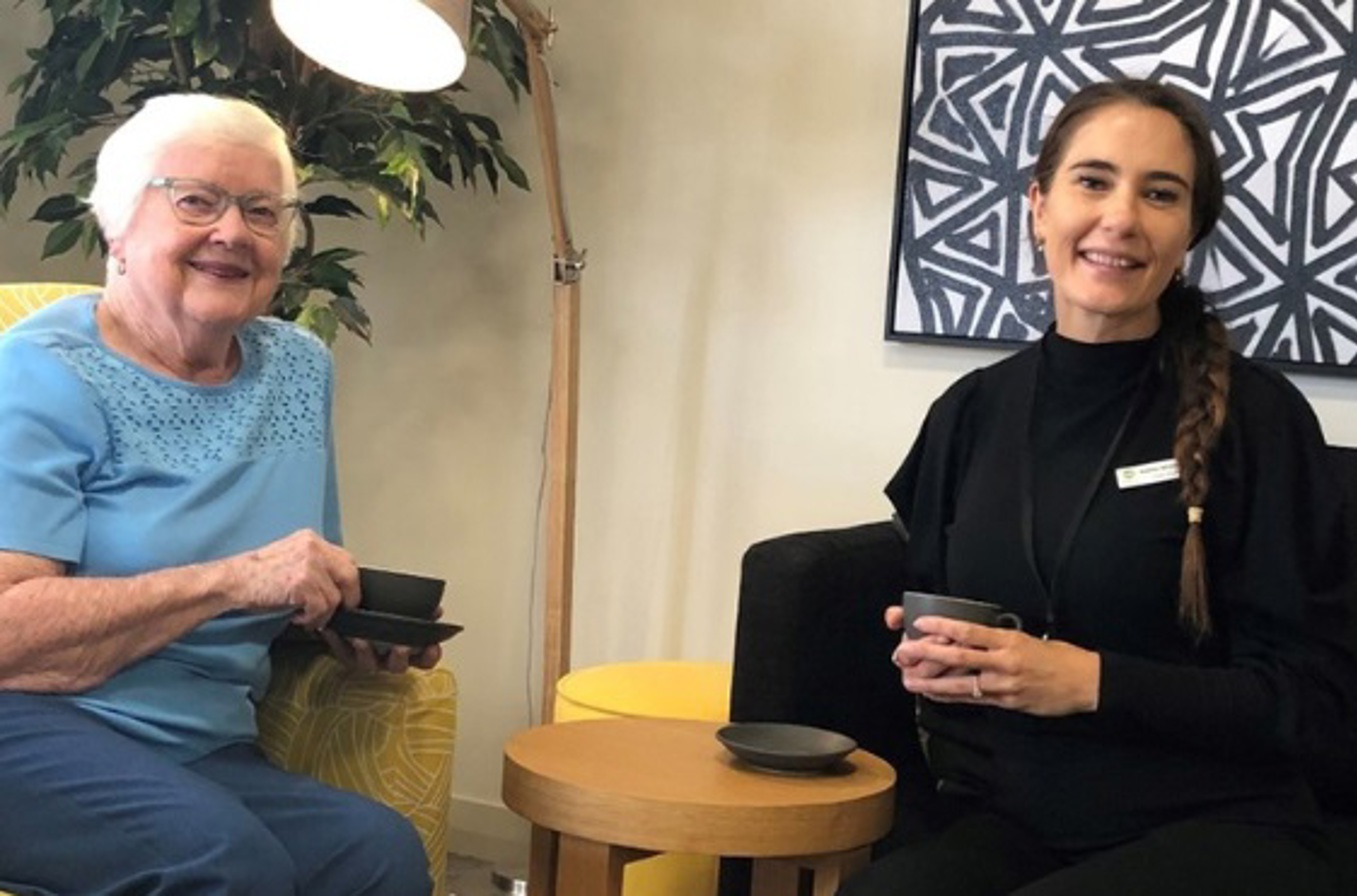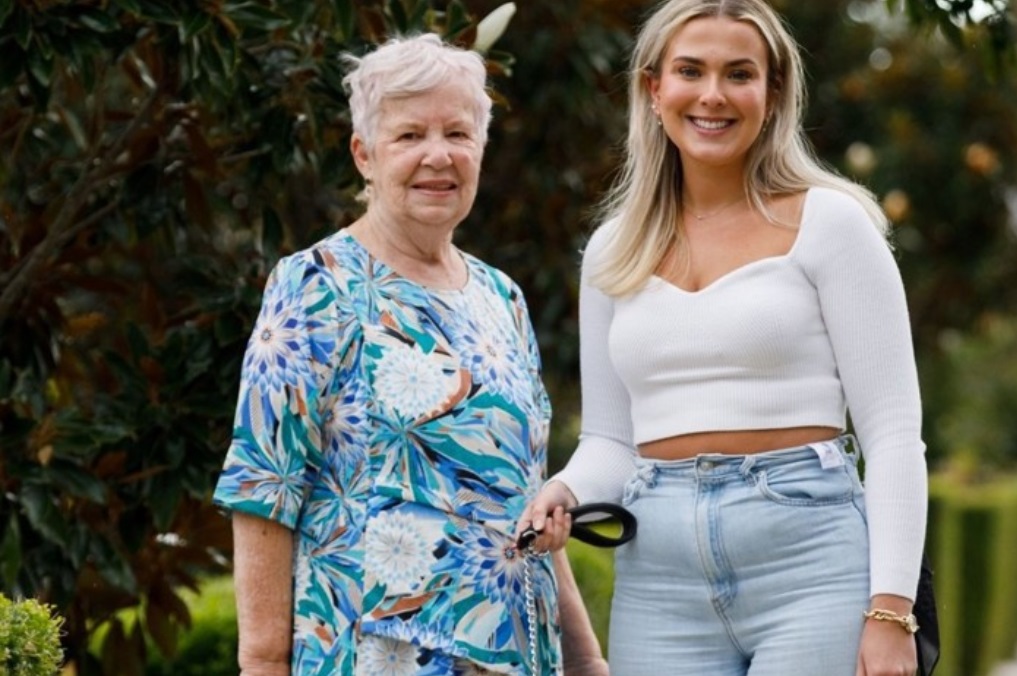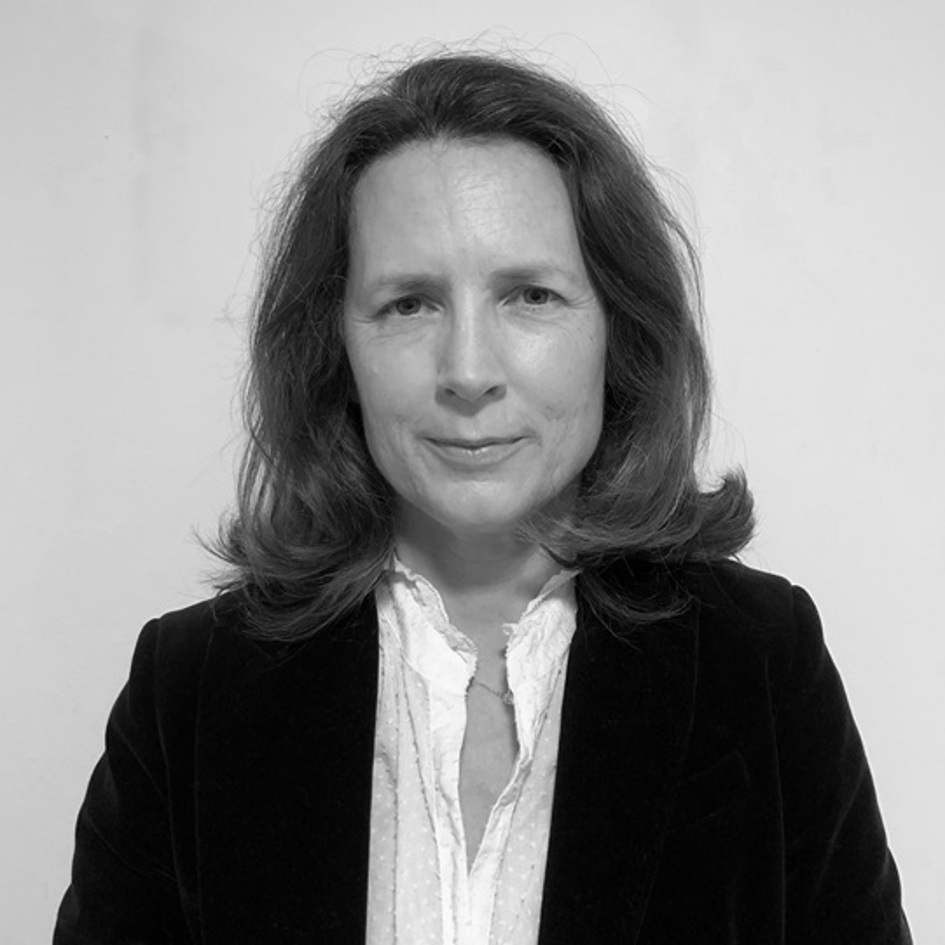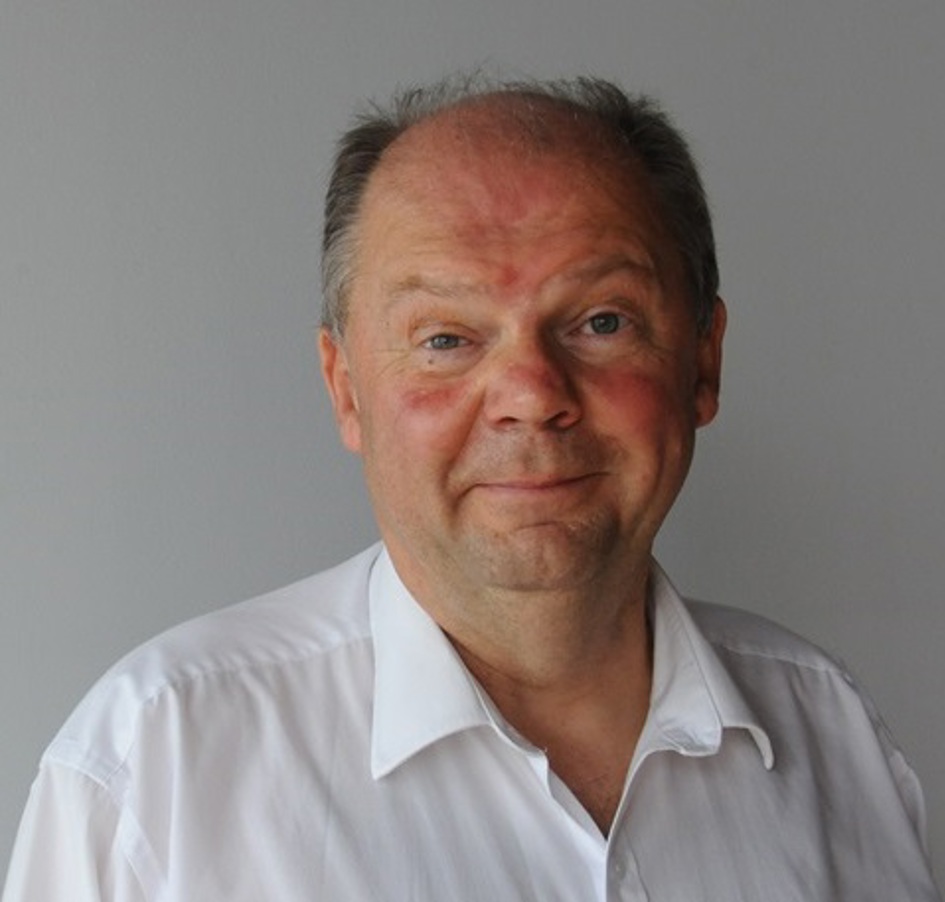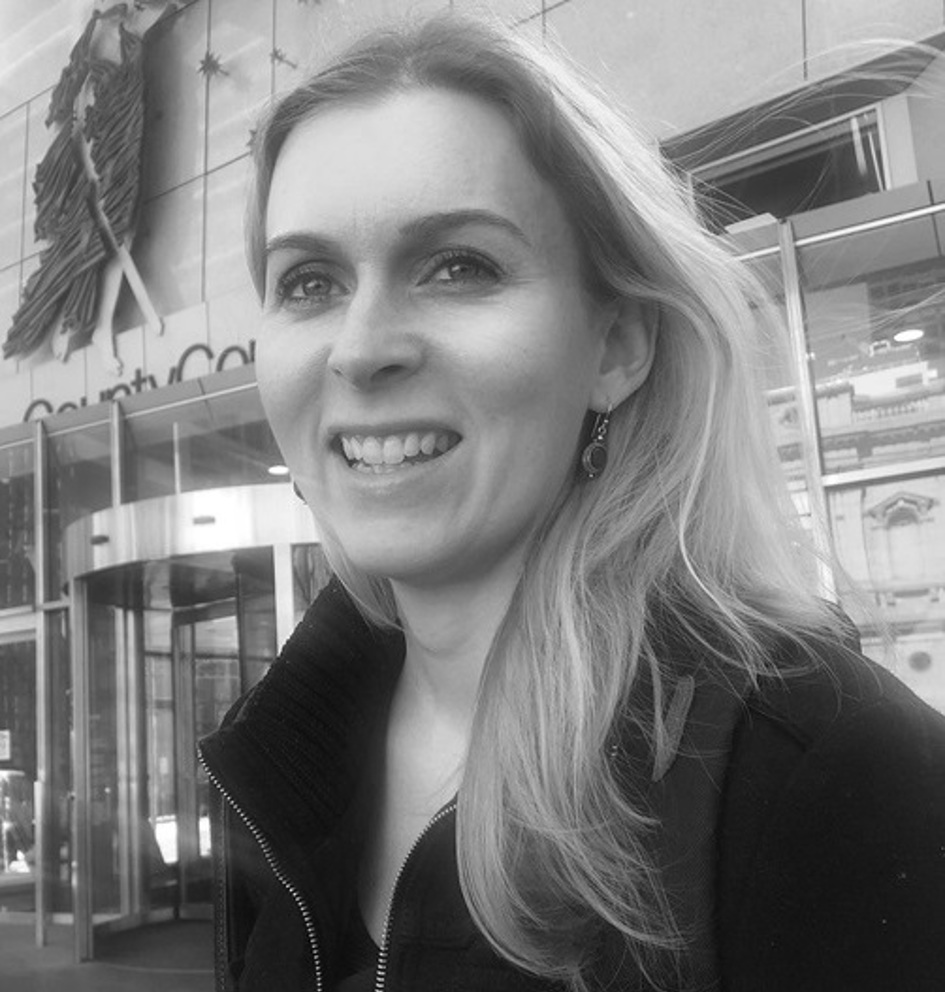Reverse Mortgage
This is also known as Equity Release.
If you own your house outright you can borrow against the value of your house. There are no repayments (although you can make a repayment if you wish.) You repay the loan when you sell the house or when the last borrower passes away.
Interest rates on reverse mortgages tend to be higher. and are added to the loan balance each month - they can add appreciably to the debt.
When a home loses value or if the borrower stays in the home for many years the loan amount can eventually exceed the value of the home. Usually, however, the borrower (or their estate) does not have to repay any additional loan balance. When you apply for a reverse mortgage, always be sure to get a 'no negative equity' guarantee.
You can receive a reverse mortgage as a lump sum or it can be available with a redraw facility so the owner can draw down money as they need it.
You won't get a reverse mortgage for the full value of your property. Typically it is between 30 and 50 percent of the property's value.
Know that particularly in times of declining home values or if the borrower continues to live in the home for many years the rising loan balance can eventually grow to exceed the value of the home
Selling the family home
Personal circumstance and what has been negotiated with the aged care home will decide whether or not you decide to sell the family home prior to entering an aged care home.
If you do not sell your home to move into an aged care home it will be exempt from the age pension assets test for two years from the date you move into the aged care home. For more information call the Department of Human Services on 132 300.
The refundable lump sum paid to an Aged Care provider is exempt from the Aged Care Combined Assets and Income Assessment.
Renting out your home
If you rent your home to cover the periodic payments in an aged care home, the rental income is counted for the Combined Income and Assets Test used for means-tested daily care fees.

